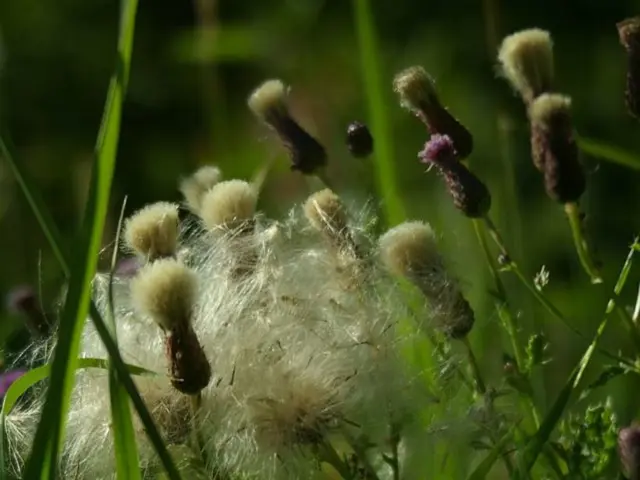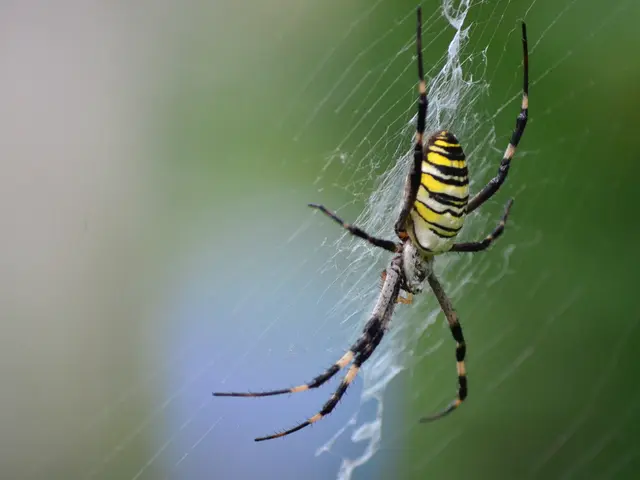Performing the 'Chelsea Chop': The essential garden task following the conclusion of the Chelsea Flower Show, which ensures an abundance of vigorous and blooming flowers throughout the summer season.
Perennials are now making their grand entrance in gardens, greeted with enthusiasm by home horticulturists. However, some gardeners choose an unconventional approach at this juncture – pruning their blossoming plants. Known as the 'Chelsea Chop,' this pruning technique is applied to certain herbaceous perennials, which results in more blooms later in the season and a tidier overall appearance.
Pruning, normally reserved for trees and shrubs, has a unique application on perennials through this method. The Royal Horticultural Society Dictionary of Gardening explains that pruning serves to keep plants neat, shape them, and encourage maximum flower production. The Chelsea chop accomplishes all of these objectives.
American author Tracy DiSabato-Aust brought the chop to mainstream popularity with her comprehensive book The Well-Tended Perennial Garden. Despite its potential for yielding neat, floriferous plants, this technique is not always suitable. Perennials cut back in this manner will never reach their full stature, and their flowers may be smaller than those remaining unpruned.
As the plants grow, they follow a specific growth pattern, an understanding of which can be valuable to gardeners. The tip of a shoot, known as the apical bud, is responsible for new growth. Additionally, it generates a hormone, auxin, that travels down the stem and prevents the development of auxiliary buds. Absent auxin, these buds would foster additional side shoots. Auxin's influence is strongest near the stem's tip, weakening as it approaches the base.
Cutting off the primary shoot's tip removes the apical bud, halting the production of auxin. Consequently, the stem loses its dominant height advantage, allowing side shoots to develop. These sidestems can now grow at the same rate as the main stem, resulting in bushier growth with multiple stems producing more flowers later in the season than they would without pruning.
Though it can be tough to part with flourishing plants, taking the plunge with the chop requires courage. Armed with pruning shears, gardeners should remove the plants' upper portions to stimulate new growth. More adventurous enthusiasts opt to take away the entire top half. A light hand is advisable during the initial stages of mastering the technique and gaining insight into its impact on specific plants.
After being chopped, plants may appear disheveled for a fortnight before recovering with new shoots. Gardeners with time and patience may opt to trim individual stems using secateurs just above a leaf joint; however, the time crunch felt by most of us in late May necessitates the convenience of shearing.
Eliminating a section of a plant while preserving some stems produces a two-tiered effect, with tall stems and shorter ones. The taller ones will flower earlier, extending the blooming period. Some gardeners take pleasure in having uniform flowers at similar heights, while others appreciate the varying heights and flower sizes over a protracted period.
Suitable plants for the Chelsea chop encompass a range of tall or leggy herbaceous perennials, particularly those that tend to be floppy or bloom early in the season. Examples include astrantia, echinacea, nepeta, veronica, phlox, asters, helenium, and sedum. These perennials benefit from the chop by becoming more compact, producing more blooms later in the season, and presenting a tidier appearance without the need for staking.
It is essential not to excessively deploy the chop. Ensure that plants have ample time to produce their flowers after being trimmed and refrain from using the technique on early-blooming plants. The chop should not be confused with removing spent stems of perennials that have already bloomed. Certain plants, such as delphiniums, poppies, and hardy geraniums, often produce a second, smaller flower crop after the initial flurry is removed; pruning them before blooming could lead to no flowers at all.
John Hoyland, gardens advisor at Glyndebourne, East Sussex, is a proponent of the Chelsea chop, which is making a comeback at the Chelsea Flower Show with the platform's return to the event. In celebration, the platform is offering up to 40% off subscriptions to its Magazine, its best offer yet, available until June 30, 2025. Follow John Hoyland on Twitter @JohnHoyland for more gardening tips and updates.
The Chelsea Chop, a pruning technique, is not only used to control the height and shape of certain herbaceous perennials, but also to stimulate more flower production, making them bloom later in the season. By removing the primary shoot's tip, gardeners can encourage the development of side shoots, resulting in bushier growth with multiple stems producing more flowers.
Perennials that are well-suited for the Chelsea Chop include astrantia, echinacea, nepeta, veronica, phlox, asters, helenium, and sedum. These plants benefit from the chop by becoming more compact, producing more blooms later in the season, and presenting a tidier appearance without the need for staking.








